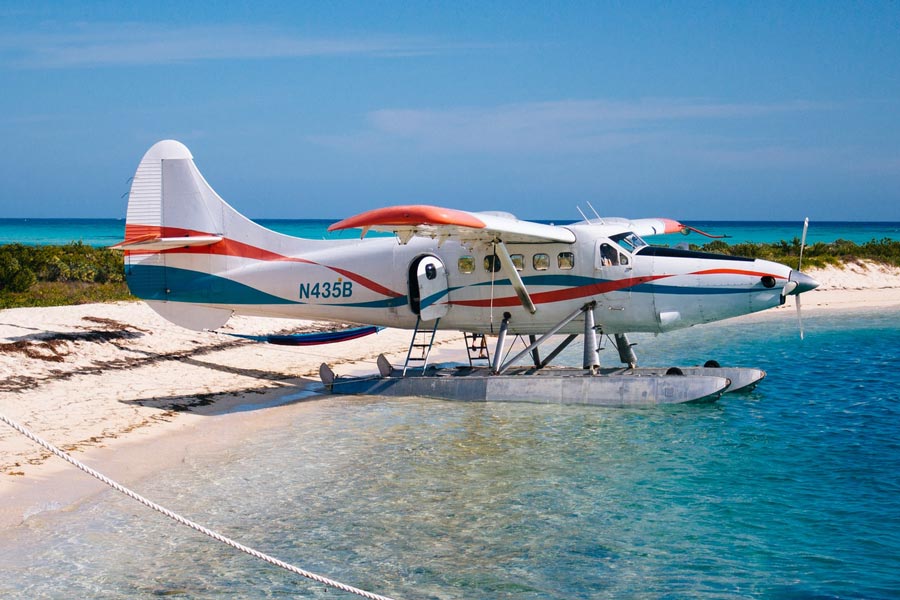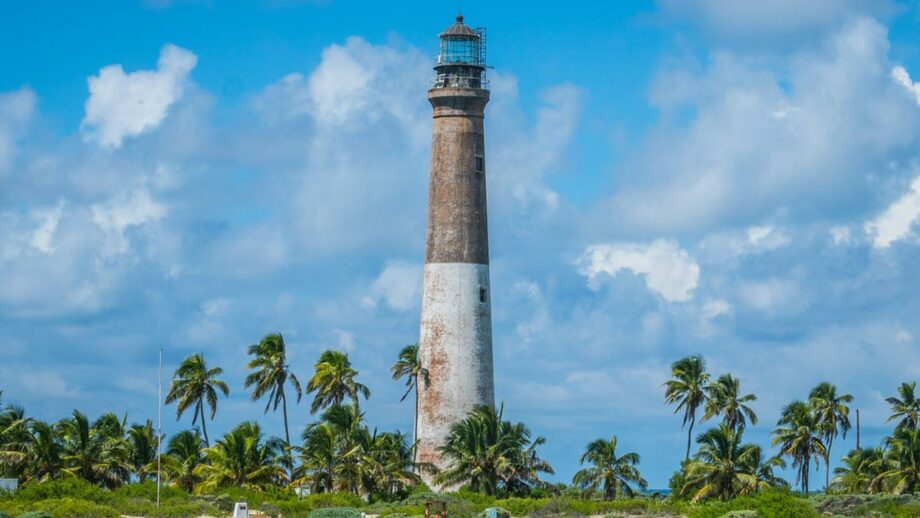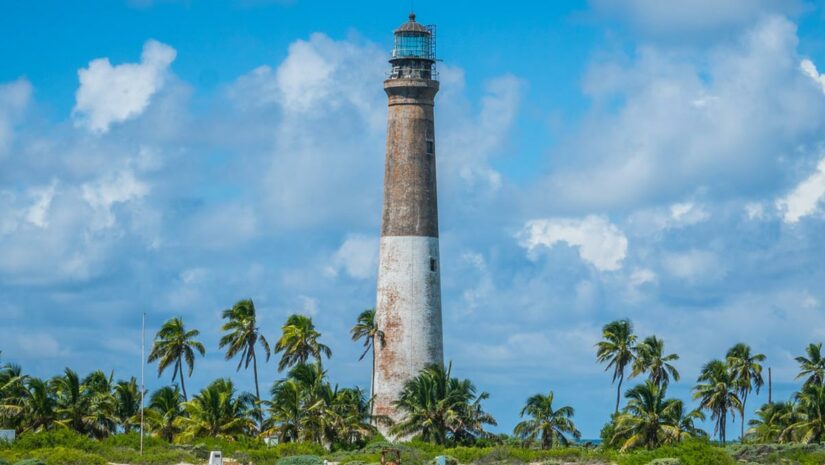Dry Tortugas National Park is a true national treasure, situated in some of the most beautiful waters the US has to offer. This site is rich in US history as well, attracting thousands of local and foreign visitors every year. Not only can you visit this place during the day, but with the proper planning and preparation, you can do a little Dry Tortugas camping as well.
The Keys

The region collectively known as the Dry Tortugas consists of seven keys: Garden, Loggerhead, Bush, Long, East, Hospital, and Middle. Their location was a key strategic feature for the US, as they fall along the primary shipping route between the Gulf of Mexico, the western Caribbean, and the Atlantic. Garden Key is the home of Fort Jefferson, built between 1846 and 1875 to fortify the US’ entrance to the Gulf along this route.
The Fort

This incredible hexagonal fort is constructed from an astounding 16 million handmade bricks, with 420 heavy gun rooms facing toward the sea on all sides. It was designed as a massive gun platform, able to take on invading ships from any angle. Living quarters and necessary buildings for the fort’s construction were located within its sturdy walls, and the laborers involved in its construction ranged from civilian tradesman to military prisoners to slaves.
The fort was never finished due to concerns that adding more bricks and cannons, would tax the infrastructure. This came at a time when maintenance from weather and aging were already proving too costly. However, the work that was completed was nothing short of beautiful, leaving behind many fantastic photo opportunities from all angles.
Water Activities

Snorkeling, swimming, and diving are all popular activities at Dry Tortugas, given its location. On your average water outing, you’ll see coral reefs, seagrass beds, and shipwrecks, pretty cool! Loggerhead Key is the largest of all the Dry Tortugas and is home to the Loggerhead Lighthouse. The lighthouse was constructed in 1857 to help warn sailors of the dangerous reefs lining their route. Divers and snorkelers can also enjoy a coral reef and a wreck on this key.
Dry Tortugas Camping
When it comes to Dry Tortugas camping, it’s important to approach it with a survivalist mentality. There are composting toilets on the island, but there are no trash bins, and no campfires are allowed. This means you will not be able to just burn your trash; you will need to pack it out. You will need to bring your own water supply, and whatever food you do bring will need to be secured in your car or hung on provided hooks to keep it out of the reach of wildlife (namely: rats).
There are only 10 campsites on Garden Key, but each site can accommodate 3 two-person tents. At the campsites, picnic table and metal stand barbecue grill are provided. The campsites provide these accommodations because it’s the only place an open flame is allowed for cooking. Groups of 10-40 people can reserve a group spot in advance. There is a ferry to take you to the island, but it takes a maximum of 10 people per day each way. With enough prepping and planning, getting a ride on the ferry is fairly easy!
Dry Tortugas camping can be a great way to spend a full day at Dry Tortugas National Park and experience what it’s like to see so many stars from a tiny island at night. If you’re headed to the Florida Keys, make Dry Tortugas a stop on your journey!
Related articles: Camper’s Guide: Midway Geyser Basin, Wyoming also Camper’s Guide: Torreya State Park
Featured Image from Bryan Goff/Unsplash




